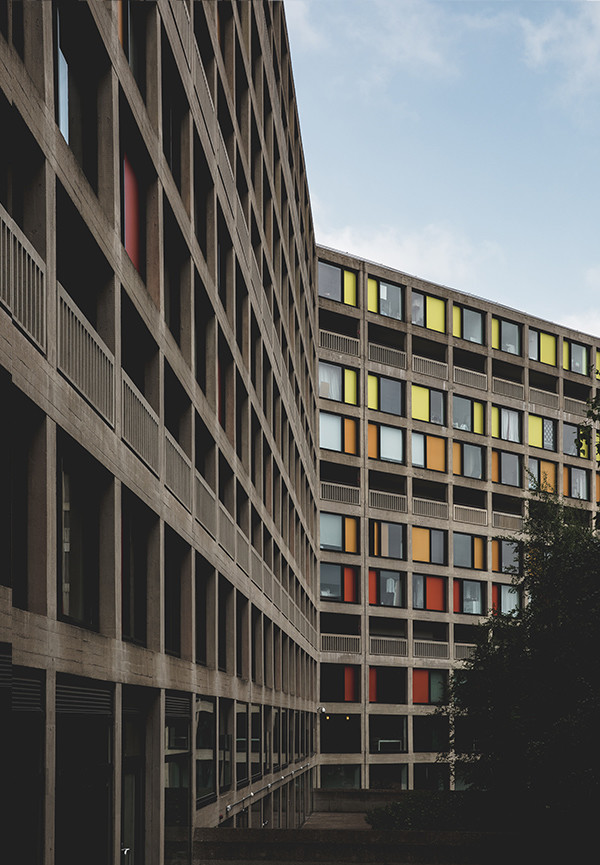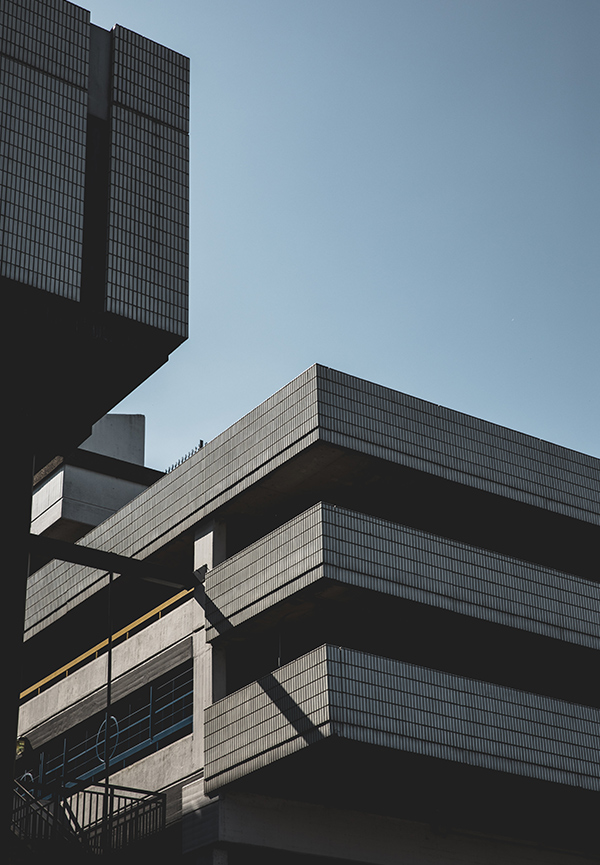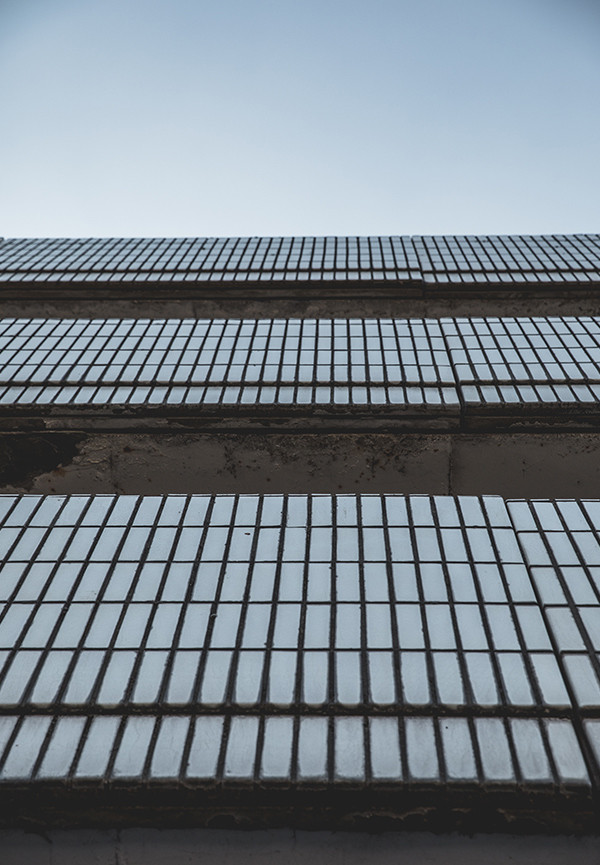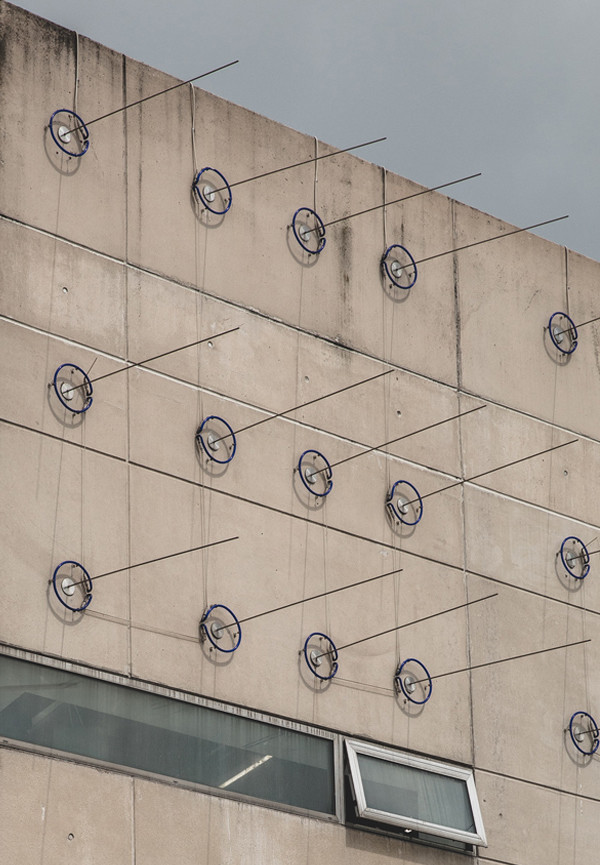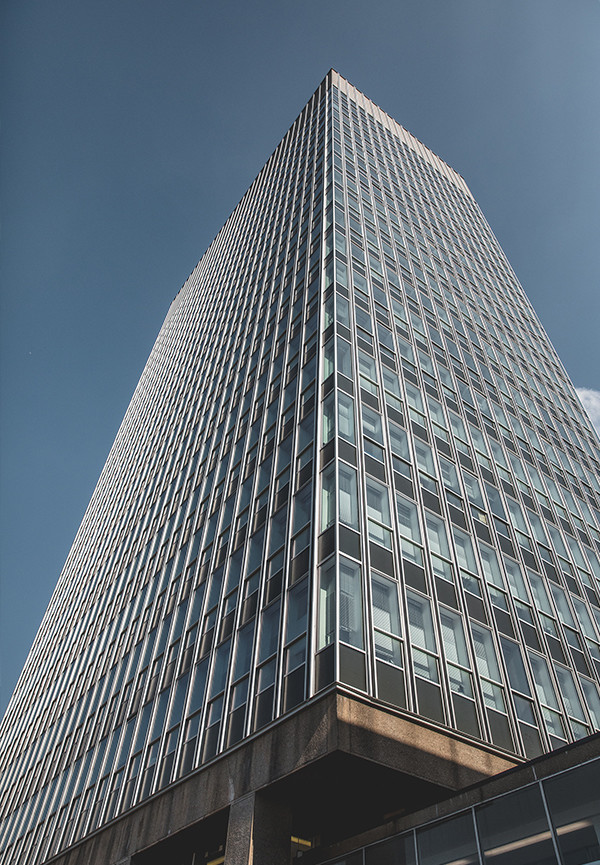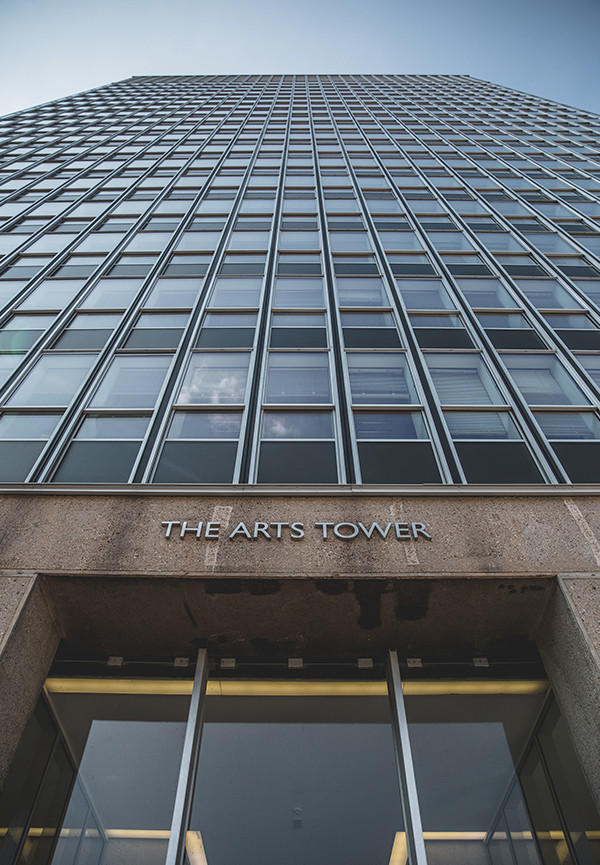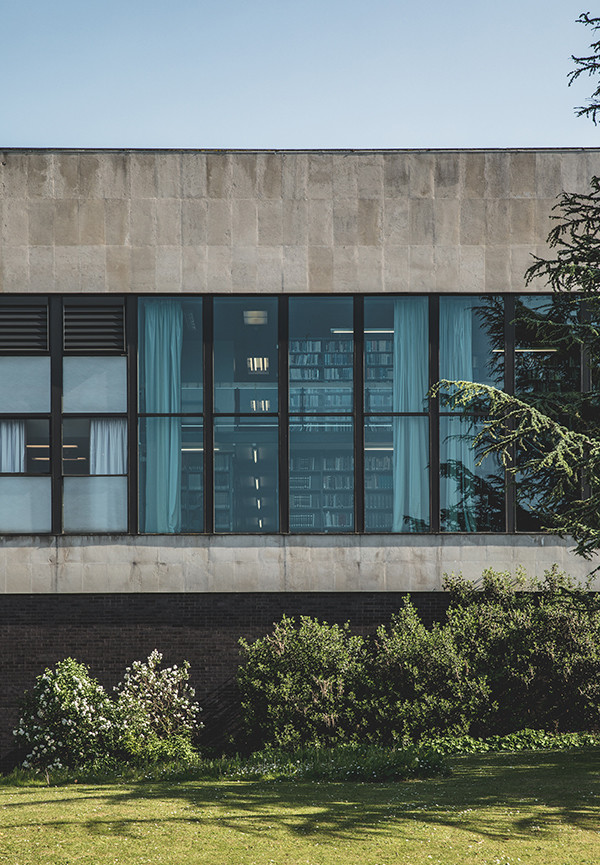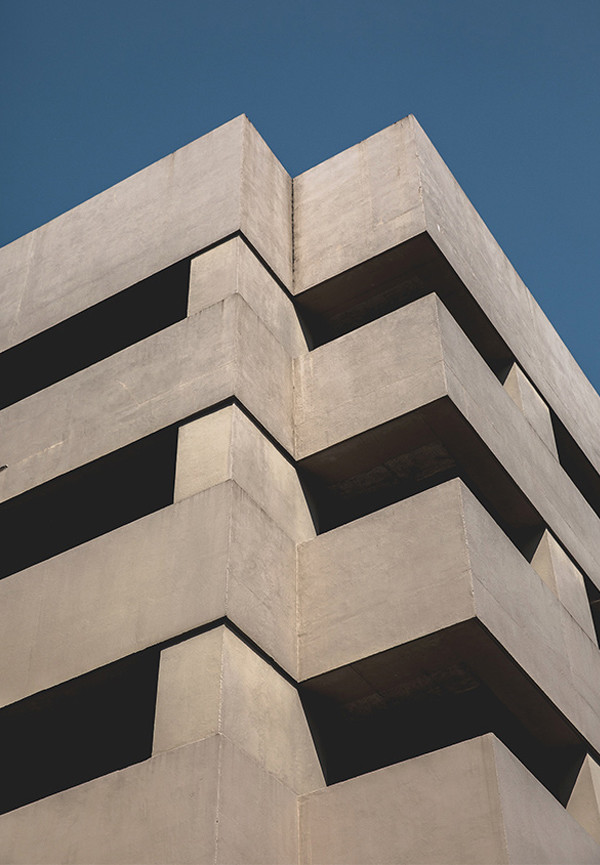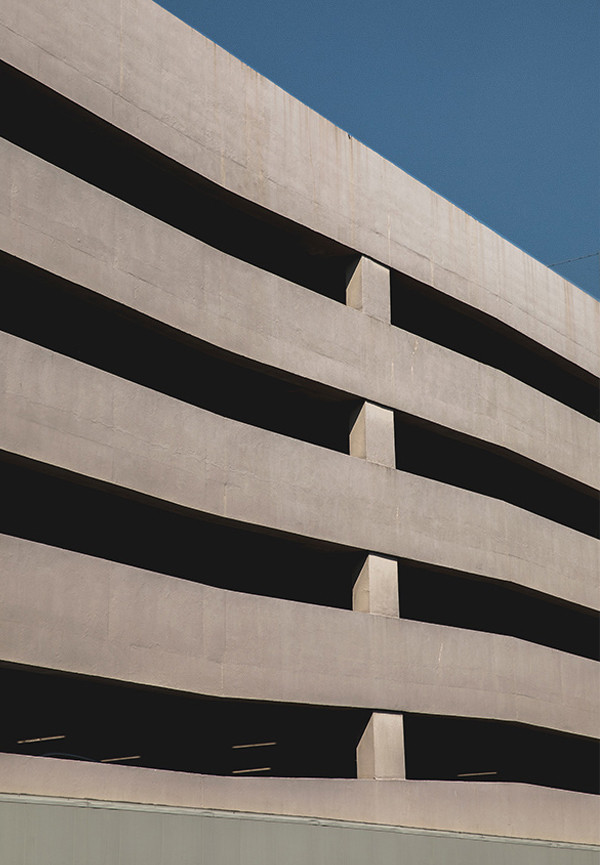
Sheffield architecture: a walking tour
Part of Sheffield’s great heritage lies in its buildings. The architecture of the city imposes atop hills or lies hidden in a built-up neighbourhood.
We’ve put together some of our favourite spots in our Sheffield Architecture Walking Tour.
Start off with a bang at the infamous Park Hill. The 1000 flat tower block has had a turbulent history but is slowly coming back to life thanks to its redevelopment by Urban Splash.
Straight down the hill you’ll see the o2 Academy, affectionately remembered as the old Roxy music venue. Its modernist façade, covered in thousands of white tiles, was designed by Jefferson, Sheard and Partners.
A little way past the train station you’ll see a pointed roof sticking straight into the sky. It houses a 1960s modernist stained-glass window, as well as the Co-Op Funeral Care centre.
Walk around the corner to see the monumental Persistence Works. Designed by Felden Cragg Bradley Studios, it’s the UK’s first purpose-built fine arts and crafts studio complex, now home to Yorkshire Art Space.
Moorfoot Learning Centre opened in 1981 and has been nicknamed ‘The Aztec Temple’ or ‘Dalek City’, for obvious reasons.
Belonging to the University of Sheffield, The Arts Tower was designed in 1961 by architects Gollins, Melvin Ward & Partners. Inside, you’ll find the largest surviving paternoster lift left in the UK.
Gollins, Melvin Ward & Partners also designed the Western Bank Library. Features such as floor to ceiling windows and wood panelling make it an inspiring space to study.
Dating from as early as the 13th century, Sheffield Cathedral has grown over the years. New parts have been added and portions knocked down, resulting in an amalgamation of styles and interior sections.
A foreboding concrete construction stares you down as you walk towards it; the Sheffield Magistrates Court. Designed in 1978 by B. Warren, it uses Brutalism to full effect.
Lastly, a less than remarkable sounding structure; the Hartshead Square Car Park. Look up and you see a striking brutalist/modernist crossover. Smooth, crisp chunks of pale concrete sit in contrast to the darkness of the interior.
Did your favourite make the list? Let us know on Facebook or Twitter.
Image credit: Max Hawley
